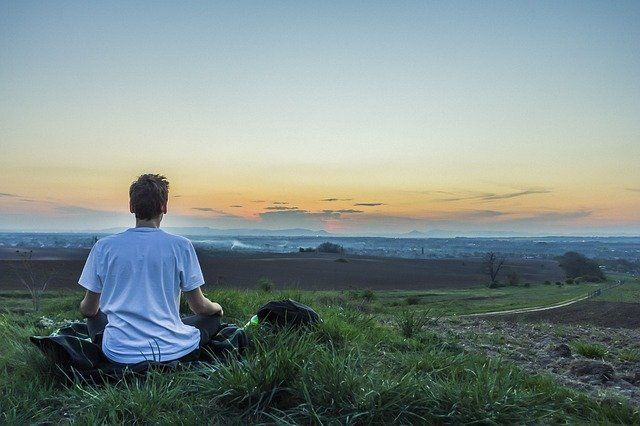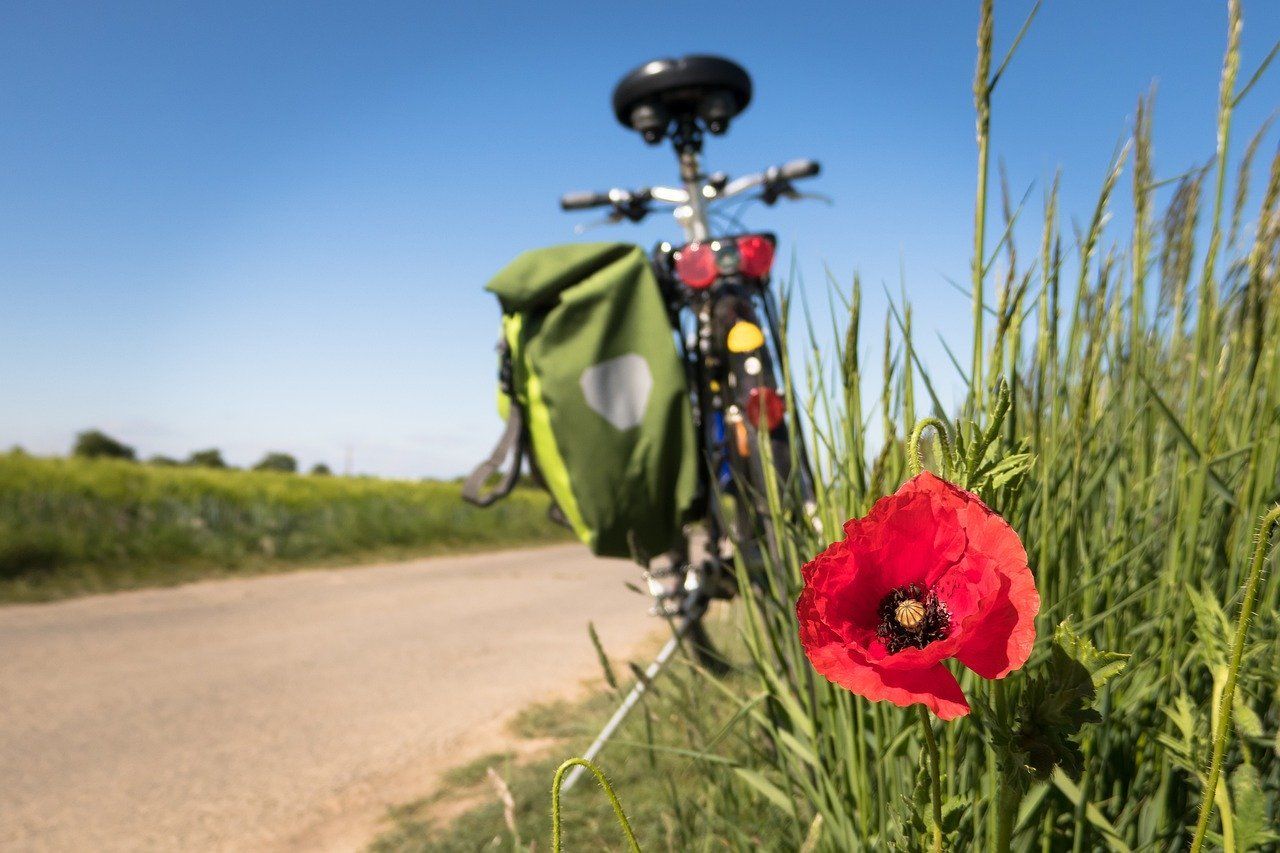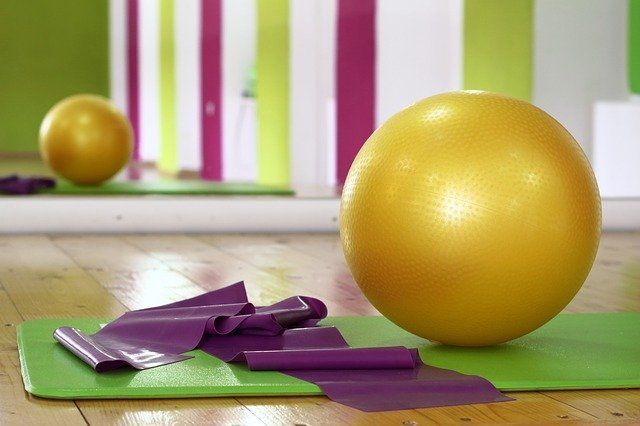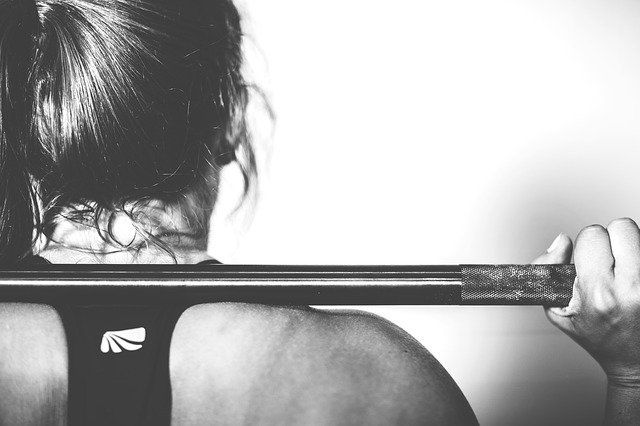Fit-4 Life

The term ‘middle-aged’ is often used to describe those who are in the mid period of life; between youth and ‘old age’. As such, it is an unsatisfactory catch-all that means different things to different people. When I was growing up, 40 seemed to be the start of middle-age; this defined the point when our children were grown (or growing) up and our rationale for everything was uncertain and our direction unsure. Over the intervening decades, middle-aged seems to have been shifted towards 50. This is due to a number of factors: we are living longer so the mid point is later; our retirements are later; we are having children later so the point in our lives where we feel directionless is later. However, the issues that this period raises have largely remained the same. The biological issues associated with middle-aged include a slowing of our metabolism, a reduction of testosterone as well as a reduction in the cell regeneration and loss of brain cells. These express themselves in physical appearance and mental well-being: weight increase, in particular for men a gain in fat around the midriff; reduced muscle mass; back problems; anxiety and stress. In addition, other conditions brought on by age include prostate problems and other cancers prevalent in men. All of these issues can be alleviated through a good exercise regime and generally pushed back for many years, or halted and reversed. How to beat middle-age A regular exercise routine – find something you enjoy and give it a proper go; classes, gym, bike, running, tennis, squash. Commit to 2-3 sessions a week and set yourself some challenging targets. Add in some body weight exercises or buy some dumbbells - resistance work is essential to maintain muscle mass and protect the musculoskeletal structure. Healthy eating (not just rabbit food!) – as the weather gets better it becomes easier to eat better; balance proteins, carbs, fats and reduce sugars. Carbs are our energy supply but, where possible, use less processed carbs (wholemeal bread, pasta and rice; potatoes, pulses). It is all about energy balance – put in what you need; if you exercise more with the same diet you will lose weight and manage your waist. Core strength – this is vital to maintain our posture and prevent or alleviate back, neck and other muscular skeletal issues; 5 minutes every day will make a massive difference to your well-being. Planks are great; press-ups too. Positive attitude – in all things; find hobbies and pastimes that you enjoy. If you have the opportunity to change out of a job that you have lost motivation in to one that challenges and interests you more, make that change. Plan that trip you have always wanted to take or do that challenge you have always been reluctant to commit to. Balance – in all things; exercise can allow you to have more of those things that you enjoy. Good food and wine in moderation. Hard work and relaxation. Time off! Check and test – make sure you get regular check-ups for those men’s conditions, particularly prostate and testicular ones. Stop the worry and put your mind at ease.

Bouncing back – recovery from lockdown Exercise or no exercise? It seems that some people have done more, but plenty less than before. Fitness and healthy living builds a strong immune system, so the benefit of a regular exercise programme, together with good sleep patterns and a healthy diet, is more important than ever in protecting us. The fortuitous weather has made it easier to get outside and now, finally, we are being allowed to take more time in the great outdoors. If you haven’t been keeping up with your routines, don’t despair; just commit now to kick-starting it. Be sure to ease back into things – don’t try to achieve any PBs on the back of sofa training; you’ll only put pressure on your system which will likely break down and stall your progress. Take time to ease back up to previous levels. Stick with what you know first; and use all the resources available to you – bikes, stairs, books and furniture. Work on a strong core (no tools needed) and build a good aerobic base before raising the intensity. Service that bike (it’ll make the ride more pleasurable) and wear suitable footwear. Most of all allow plenty of rest periods, always warm up and stretch after exercise. Before you know it you’ll be pushing your limits again!

Lower back pain occurs frequently, with many of us enduring pain at some time in our life; unfortunately for some, it can be debilitating. It is the second biggest cause for time off work, costing the economy millions of pounds a year. The reasons for such pain are widespread but one solution which is frequently beneficial is improving our ‘core’ strength. The core consists of what are sometimes called our ‘inner unit’ muscles. These muscles are very small but work together to support our skeletal structure; they help with posture and can easily be strengthened by spending a small amount of time daily, no more than 10 minutes, working on them. This doesn’t mean our abdominals (or ‘six pack’), so please don’t do loads of sit-ups; this is likely to make the problem much worse! Any exercise that challenges our balance will challenge, and therefore work, our core. The best exercises are planks – front and side – but please take care to ensure that your blood pressure is not abnormally high as this type of exercise (isometric) is not recommended for those with elevated BPs. Simple leg lifts will work the muscles up the spine and sitting and balancing on a gym ball will be an effective start to developing your core. Trunk side bends and rotations will also work your lateral core muscles. A small weight can be added (or use of resistance bands) for a more effective workout but shouldn’t be needed at first. From my own personal experience, whenever I feel an ache in my neck or lower back, I do some core strengthening work and after a couple of days I no longer notice the pain or discomfort – it tends to be a reminder to me to DO SOME CORE! To summarise, a regular core routine will strengthen our inner unit muscles, improving our postural strength and alleviating lower back pain. Other muscle groups will work better and more efficiently, allowing us to improve athletic performance and functional strength in every-day activities

The basic premise of any weight loss programme is to realise that there is a need to balance the energy we put into our bodies with energy taken out – simply stated, what we eat we must burn off if weight is to maintained (if we are not to put on weight). The good news is that we all burn energy just from eating and sleeping and sitting down doing nothing; however, not equally! This depends on our Basal Metabolic Rate (BMR). If we want to lose weight, we need to either exercise more or eat less (less energy) – unfortunately, exercising more usually makes us more hungry so discipline is required. What we put into our bodies is as important as how much. Certain foods are more filling, such as starchy carbohydrates and fibre. There also needs to be a balance between proteins, fats and carbohydrates – not forgetting the fruit and veg! One thing we can be sure of is that refined sugars are bad for us and should be avoided where possible. Effective cardio exercise is a good way to burn calories; generally the harder we work and the longer we work for, the more calories we will burn. Additionally, as we get aerobically fitter, our metabolic rate increases so we process or burn energy faster. In addition, working a resistance programme, such as using weights or resistance machines, can increase our BMR by converting fat to lean muscle – this means that we can burn more calories when doing nothing. This is the silver bullet for weight loss. To summarise, a balanced workout including cardio and resistance together with a controlled nutritional input will lead to weight reduction, fat loss and muscle gain.

The term ‘middle-aged’ is often used to describe those who are in the mid period of life; between youth and ‘old age’. As such, it is an unsatisfactory catch-all that means different things to different people. When I was growing up, 40 seemed to be the start of middle-age; this defined the point when our children were grown (or growing) up and our rationale for everything was uncertain and our direction unsure. Over the intervening decades, middle-aged seems to have been shifted towards 50. This is due to a number of factors: we are living longer so the mid point is later; our retirements are later; we are having children later so the point in our lives where we feel directionless is later. However, the issues that this period raises have largely remained the same. The biological issues associated with middle-aged include a slowing of our metabolism, a reduction of testosterone as well as a reduction in the cell regeneration and loss of brain cells. These express themselves in physical appearance and mental well-being: weight increase, in particular for men a gain in fat around the midriff; reduced muscle mass; back problems; anxiety and stress. In addition, other conditions brought on by age include prostate problems and other cancers prevalent in men. All of these issues can be alleviated through a good exercise regime and generally pushed back for many years, or halted and reversed. How to beat middle-age A regular exercise routine – find something you enjoy and give it a proper go; classes, gym, bike, running, tennis, squash. Commit to 2-3 sessions a week and set yourself some challenging targets. Add in some body weight exercises or buy some dumbbells - resistance work is essential to maintain muscle mass and protect the musculoskeletal structure. Healthy eating (not just rabbit food!) – as the weather gets better it becomes easier to eat better; balance proteins, carbs, fats and reduce sugars. Carbs are our energy supply but, where possible, use less processed carbs (wholemeal bread, pasta and rice; potatoes, pulses). It is all about energy balance – put in what you need; if you exercise more with the same diet you will lose weight and manage your waist. Core strength – this is vital to maintain our posture and prevent or alleviate back, neck and other muscular skeletal issues; 5 minutes every day will make a massive difference to your well-being. Planks are great; press-ups too. Positive attitude – in all things; find hobbies and pastimes that you enjoy. If you have the opportunity to change out of a job that you have lost motivation in to one that challenges and interests you more, make that change. Plan that trip you have always wanted to take or do that challenge you have always been reluctant to commit to. Balance – in all things; exercise can allow you to have more of those things that you enjoy. Good food and wine in moderation. Hard work and relaxation. Time off! Check and test – make sure you get regular check-ups for those men’s conditions, particularly prostate and testicular ones. Stop the worry and put your mind at ease.

Bouncing back – recovery from lockdown Exercise or no exercise? It seems that some people have done more, but plenty less than before. Fitness and healthy living builds a strong immune system, so the benefit of a regular exercise programme, together with good sleep patterns and a healthy diet, is more important than ever in protecting us. The fortuitous weather has made it easier to get outside and now, finally, we are being allowed to take more time in the great outdoors. If you haven’t been keeping up with your routines, don’t despair; just commit now to kick-starting it. Be sure to ease back into things – don’t try to achieve any PBs on the back of sofa training; you’ll only put pressure on your system which will likely break down and stall your progress. Take time to ease back up to previous levels. Stick with what you know first; and use all the resources available to you – bikes, stairs, books and furniture. Work on a strong core (no tools needed) and build a good aerobic base before raising the intensity. Service that bike (it’ll make the ride more pleasurable) and wear suitable footwear. Most of all allow plenty of rest periods, always warm up and stretch after exercise. Before you know it you’ll be pushing your limits again!

Lower back pain occurs frequently, with many of us enduring pain at some time in our life; unfortunately for some, it can be debilitating. It is the second biggest cause for time off work, costing the economy millions of pounds a year. The reasons for such pain are widespread but one solution which is frequently beneficial is improving our ‘core’ strength. The core consists of what are sometimes called our ‘inner unit’ muscles. These muscles are very small but work together to support our skeletal structure; they help with posture and can easily be strengthened by spending a small amount of time daily, no more than 10 minutes, working on them. This doesn’t mean our abdominals (or ‘six pack’), so please don’t do loads of sit-ups; this is likely to make the problem much worse! Any exercise that challenges our balance will challenge, and therefore work, our core. The best exercises are planks – front and side – but please take care to ensure that your blood pressure is not abnormally high as this type of exercise (isometric) is not recommended for those with elevated BPs. Simple leg lifts will work the muscles up the spine and sitting and balancing on a gym ball will be an effective start to developing your core. Trunk side bends and rotations will also work your lateral core muscles. A small weight can be added (or use of resistance bands) for a more effective workout but shouldn’t be needed at first. From my own personal experience, whenever I feel an ache in my neck or lower back, I do some core strengthening work and after a couple of days I no longer notice the pain or discomfort – it tends to be a reminder to me to DO SOME CORE! To summarise, a regular core routine will strengthen our inner unit muscles, improving our postural strength and alleviating lower back pain. Other muscle groups will work better and more efficiently, allowing us to improve athletic performance and functional strength in every-day activities